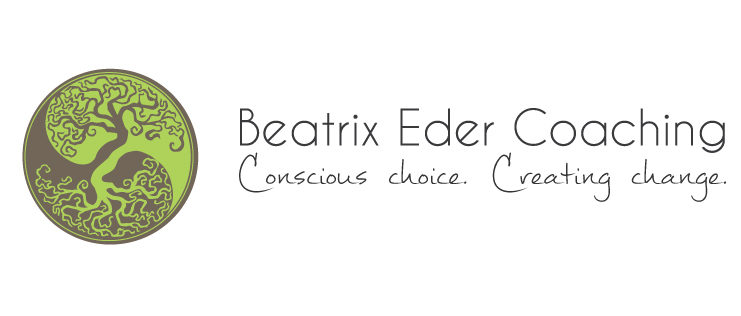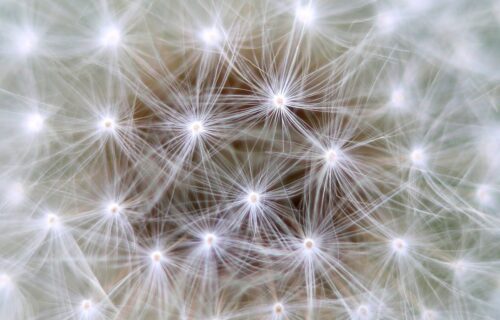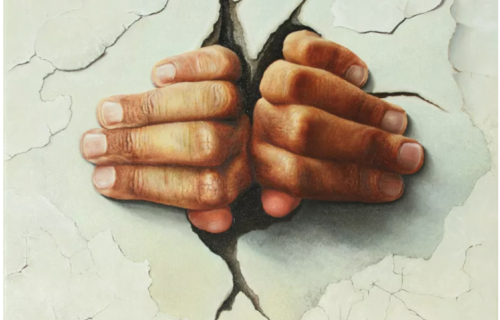
How to use conflict as a creative force
Conflict Transformation
We tend to believe that conflict is dangerous and bad. That it is something to be avoided, perhaps even at the cost of self-expression. Often we think that if we have a conflict in a relationship (whether it is a professional / friendly or romantic relationship), it will be further damaged, and that maybe the conflict is a sign that the relationship should be stopped all together.
But what is conflict? Conflict is simply disagreement: opposing interests or incompatible activities of two or more people. Conflict occurs when people have different needs or when they have the same needs but apply strategies to satisfy those needs and these strategies interfere or obstruct the other person’s activities.
Based on its definitions, conflict of any kind is naturally regarded as something negative. But imagine how your life would be if there was never any disagreement and conflict: everyone would always agree with you, everything would go according to plan, there would be no surprises, no detours— and definitely not much learning. Life would be monotonous, predictable; all in all, quite boring.
Conflict is an unavoidable and part of any healthy relationship. It is a life force and a motor for change: it brings awareness to our own needs, and the needs of those around us. When we experience conflict, there is condensed energy and a creative tension between the people in conflict.
So the problem is not the existence of conflict in our relationships, but rather how we choose to address it.
Techniques for handling conflict
Psychologists, sociologist, economists and political scientists have researched conflict for many years. Recently, different techniques for handling conflict have entered the world of business and corporate leaders learn what they can do in these situations of disagreement.
A manager tends to spend 20-45% of their time dealing with conflict. This means that up to half of their energy is spent merely trying to negotiate things. Knowing this is an excellent motivator to look deeper into this topic, which is dreaded by most of us.
Just as there are many different types of conflict, there are many ways to deal with them.
So what are different approaches to handling conflict?
Conflict management
Though management hinders the escalation of a conflict, it does not try to eliminate it. In these instances, the ‘manager’ of conflict works towards increasing the positive aspects of the conflict while decreasing negative aspects of it. The focus is on the limitation, mitigation, and containment of the conflict rather than the lasting elimination of the root cause of it.
Conflict resolution
This approach views conflict as an interruption of daily life, and aims to find a win-win solution — usually a compromise— as quickly as possible. This is done through negotiation, mediation, and diplomacy. However, this method does not take into account the possible benefits of the conflict situation.
Conflict transformation
A fairly recent way to viewing conflict, conflict transformation came into practice in the ‘90s. This approach doesn’t just offer techniques, but also a different perspective on what conflict is.
Here, conflict is not simply a problem to be solved, or to be put within acceptable parameters. Conflict is viewed as an opportunity to strengthen individual and group dynamics by understanding its root cause, and striving for improved communication rather than a quick fix.
Conflict Management and Conflict Resolution are micro approaches, which seek to solve the immediate problems. Conflict Transformation offers a macro perspective that gives way to long-term improvement in relationship development.
The foundation of this method lies in the ability to view conflict as a constructive, rather than obstructive, force.
Constructive Change Processes
Conflict involves expending lots of energy; energy that is usually negative. In physics, the first law of thermodynamics states that energy can neither be created, nor destroyed, only transformed. Taking this to heart, the Conflict Transformation method aims to change that destructive energy into something constructive.
The purpose is to create processes that not only deals with the superficialities of the conflict, but also to alter the social structures and patterns which caused the conflict in the first place.
Peace is not a goal but a journey
If peace is viewed as a goal, it suggests that it is static in nature. Peace is not static; it’s a dynamic, ongoing process that needs attention, development, and a strong infrastructure of peaceful approaches. The goal should be to maintain equality, increase understanding, and to form respect within each relationship.
Conflict isn’t an obstacle. It’s a window of opportunity to explore ways of bettering your relationships. When conflict arises, it is important to not view it as an opaque barrier. Instead, ask yourself, how you can look through and beyond it? What happens when you examine the causes of the conflict in context of your relationship?
An integrative approach
While solving the immediate, pressing issues, Conflict Transformation intends to work toward a long-term plan for change. Using Conflict Transformation requires emotional and cognitive flexibility, as each situation requires a specific solution.
People tend think of conflicts as situations that have an ‘either/or’ resolution. If we change this to fit into a ‘both/and’ context, it allows us to manage complex situations that are more true to the human experience.
By changing the ‘either/or’ mentality, we may be achieving more in the long run. Now, the question becomes, “How can we do both?”
Once we have made this change, we become more aware of our intentions. Over time, this awareness is what helps us change our approach to future conflicts. Now we can recognize the various components of nuanced situations, and create solutions that differentiate and link the seemingly opposing or contradictory aspects of the situation.
Leverage complexity
Complexity is what makes us unique individuals. When we see complexity as a chance for change instead of something to avoid, we can use it to the advantage of the situation. Complexity is a strong foundation for change; there are as many avenues to explore as there are components to the situation.
So how can we take advantage of complexity? First, it helps to remember that within each situation, there are several possible courses of action. Then, we can isolate the options that we feel are most helpful, all the while remaining open to other ideas. This way we embrace the values of possibility, resourcefulness and freedom.
Looking beyond the words and behavior of an individual, helps identify their needs and values, thus giving way for us to see conflict differently and transform it.
Conflict as teacher
Conflicts can teach us a lot about ourselves, other people, and our relationships.
If we channel the creative tension of them, we can explore new perspectives and rearrange existing ideas in a beneficial way, allowing us to move forward.
Conflicts bring an aliveness and creativity to life: there is hardly any insight or invention that has been born out of satisfaction with the given situation; they come from the need to change something.
Peace is not the absence of conflict;
it is the handling of conflicts
in peaceful ways
Question to reflect on
- What are your thoughts and feelings around conflict?
- What typically stops you from engaging in conversations of conflict?
- How was conflict handled in your family, in your community?



